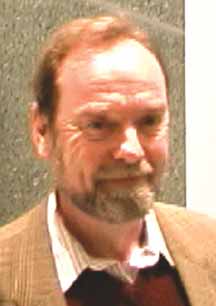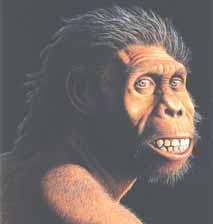 |
How and When We Became Human April 11th, 2003 |
 |
| Dr. Ian Tattersall American Museum of Natural History, Columbia University, Yale University |
Traces human evolution over 4 million years, asking, how and when did we become fully human? Then looks forward. |
"With the arrival of behaviorally modern Homo sapiens a radically new type of human came on the scene, with consequences that are still reverberating." |
| Dr. Tattersall traces the major events in human physical and cognitive evolution over the last four million years, pondering the question, “how and when did we become fully human?” Although humanity is an ill-defined concept, it is clear that fully modern human cognition is a recent acquisition in our lineage. For the most part, new types of hominids, throughout history, can best be characterized as doing what their predecessors had done, if perhaps a little better. It is only with the arrival of behaviorally modern Homo sapiens that a radically new type of human came on the scene, with consequences that are still reverberating. Our evolution was not a gradual linear process; rather, it was an eventful story of evolutionary experimentation, with new species constantly generated, and regular extinctions taking place. It is an unusual thing for us to be the lone hominid in the world today. Dr. Ian Tattersall is Curator in the Department of Anthropology of the American Museum of Natural History in New York City. Trained in archaeology and anthropology at Cambridge, and in geology and vertebrate paleontology at Yale, Tattersall has concentrated his research in the analysis of the human fossil record, and the study of the ecology and systematics of the lemurs of Madagascar. Dr. Tattersall has over 200 scientific research publications, as well as more that a dozen trade books to his credit, among them The Monkey in the Mirror: Essays on the Science of What Makes Us Human (2002), Extinct Humans (2000), and Becoming Human: Evolution and Human Uniqueness (1998). |